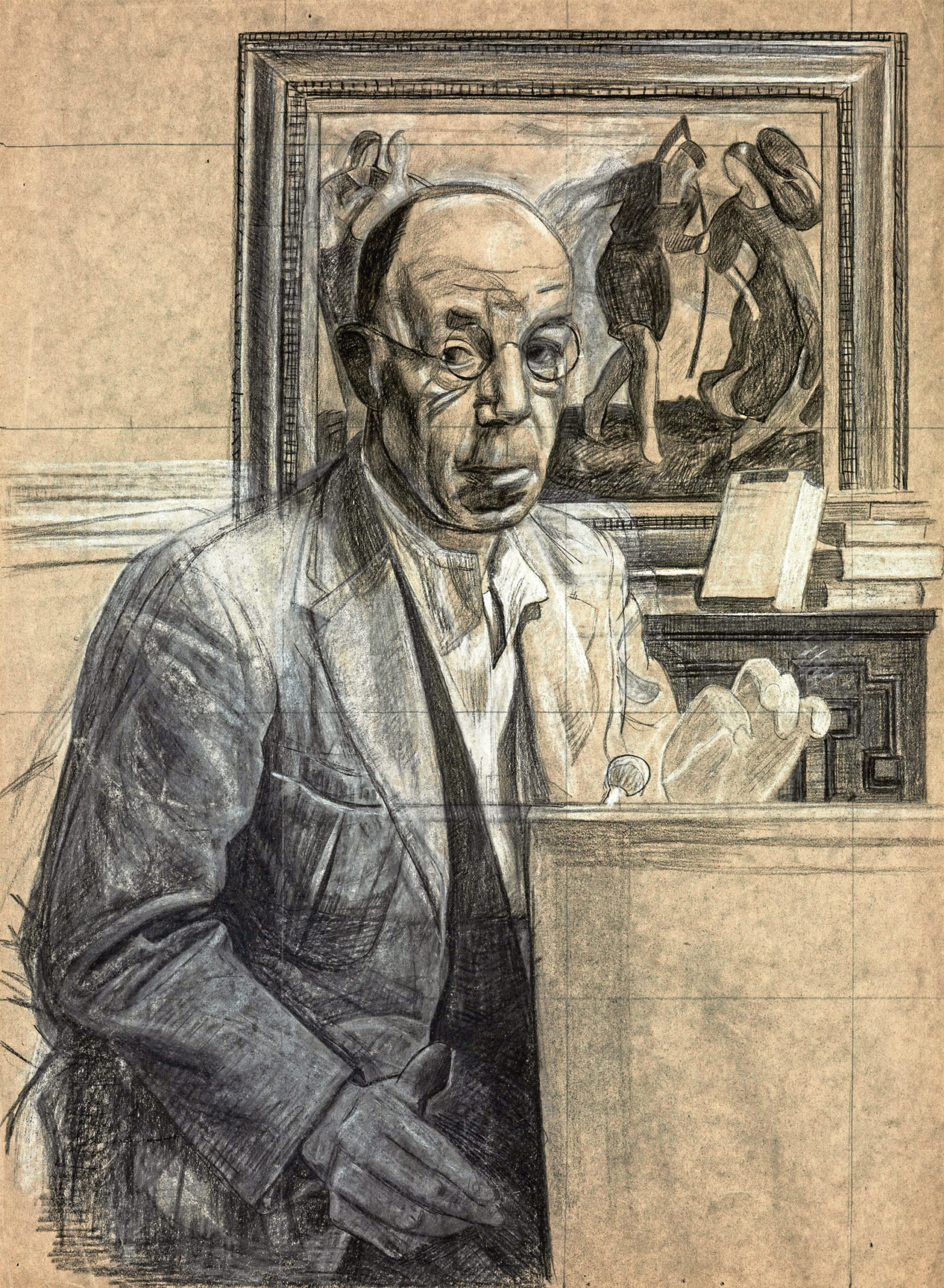We live in an increasingly complex and uncertain world in which events can move with breathtaking speed.
There is a powerful line in William Wordsworth’s poem, The Excursion, first published in 1814, where the poet acknowledges the restless energies of nature and draws our attention to finding “…central peace, subsisting at the heart of endless agitation”.
Wordsworth’s objective of finding a centre of peace in the midst of turbulence has never been more relevant than now.
The artist James Cowie (1886-1956) was an avid reader of poetry and Wordsworth was one of his favourite poets.
Born in Cuminestown and educated at Fraserburgh Academy, Cowie spent many years teaching art at Bellshill Academy near Glasgow.
He became the head of painting at Gray’s School of Art in 1935 and the warden at the Patrick Allan Fraser School of Art at Hospitalfield House in Arbroath from 1937 to 1948, an important place of study for some of the Scottish Modern painters, including Robert Colquhoun and Joan Eardley.
In Cowie’s enigmatic watercolour, High Noon, the collection of objects on the window sill may appear arbitrary and accidental, but each has a symbolic meaning.
The half-empty glass of water signifies the passing of time. The water represents clarity and peace of mind.
The German art historian Johann Winckelmann compares the experience of ideal beauty to the contemplation of calm sea or the purity of water – a beauty uncontaminated by the hustle and bustle of human activity.
The scalloped-edged bowl symbolises the sea in motion, in contrast to the still sea of the background.
The woman holding a rake and a spade in the postcard and the cattle grazing in the distant meadow convey earthly paradise, while the apple in the bowl is a symbol of the Garden of Eden’s forbidden fruit.
The ship evokes the feeling of floating on a calm sea and is also the symbol of a voyage.
The quest for an element of calm, a momentary respite, which Wordsworth refers to, is ultimately at the core of Cowie’s art.
Coming Up
- Join us at Aberdeen Maritime Museum to explore the Silver City’s stories through our collections of art, social and maritime history.
These informal dementia-friendly session for adults will take place on Mondays at 2pm–3.30pm from May 27 to July 1. Free – donations welcome. No need to book, just come along. Find out more at www.aagm.co.uk or pick up a leaflet at one our venues.
Aberdeen Art Gallery & Museums:
- Aberdeen Art Gallery (reopening autumn 2019)
- Aberdeen Maritime Museum (open 7 days, admission free)
- The Tolbooth Museum (open 7 days, admission free)
- Aberdeen Treasure Hub Museum Centre
For visiting information go to www.aagm.co.uk
Keep up to date with all the latest news from Aberdeen Art Gallery & Museums by signing up to our e-newsletter at www.aagm.co.uk/mailinglist
Follow us on Facebook, Twitter and Instagram @AbdnArtMuseums

